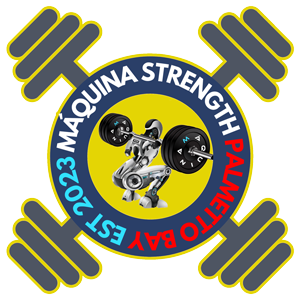Unleash Your Potential With
Custom Workouts
Welcome to Maquina Strength Palmetto Bay, where your fitness journey is uniquely yours! Our personalized workout programs are designed to help you achieve your goals in a supportive community. Whatever your goal, we’re here to guide you every step of the way.
01 Schedule Your Free Workouts
Claim your 2 free workouts to experience our unique approach .
02 Commit to Your Goals
Join a community that motivates you and supports your goals.
03 Achieve Amazing Results
Transform into a healthier, stronger version of yourself.
Unleash Your Potential With
Custom Workouts
Welcome to Maquina Strength Palmetto Bay, where your fitness journey is uniquely yours! Our personalized workout programs are designed to help you achieve your goals in a supportive community. Whatever your goal, we’re here to guide you every step of the way.
01 Schedule Your Free Workouts
Claim your 2 free workouts to experience our unique approach .
02 Commit to Your Goals
Join a community that motivates you and supports your goals.
03 Achieve Amazing Results
Transform into a healthier, stronger version of yourself.
Achieve Your Fitness Goals in Palmetto Bay!
Join a Supportive Community Focused on Your Success!

"At Maquina Strength, we believe that fitness should be enjoyable and effective"
At Maquina Strength Palmetto Bay, we’re redefining fitness with our customized group training sessions. Our approach ensures that every member receives the personal attention they deserve, leading to faster results and a more enjoyable experience. With a focus on community support, our members encourage one another, creating a family atmosphere that makes every workout something to look forward to.
Whether you’re a beginner or a seasoned athlete, our dedicated trainers will assess your individual needs and tailor your workouts accordingly. Experience fitness in a way that’s never been done before, right here in Palmetto Bay!
Custom Workouts
Experience the motivation of group workouts with the precision of individual coaching. Every session is tailored to challenge you at your unique fitness level.
Faster Results
Say goodbye to workout boredom. Our programs change daily and focus on different fitness aspects every 6 weeks, ensuring continuous growth and engagement.
Community Support
More than a gym – we’re a fitness family. Connect with diverse members who motivate, support, and celebrate each other’s fitness journeys.
We're Giving You Everything You Need To Reach Your Fitness Goals
Improve your body composition
Start to look and feel your absolute best with our fat burning and strength building programs
Boost Your Metabolism
Optimize your body’s metabolism and energy levels through personalized training.
Mental Wellness And Focus
Experience the mental health benefits of consistent, enjoyable exercise.
Build Functional Strength
Develop strength that translates to real-life movements and activities.
Personalized Progress Tracking
Monitor and celebrate your unique fitness journey with expert guidance.

Claim Your Risk Free One Week Trial
Unlock Your Fitness Potential

Don’t let another day pass wondering what you could achieve. Our 2 free workouts are your gateway to a transformative fitness experience. No commitments, just pure, personalized fitness designed specifically for you.
Full Week of Workouts plus BONUS workouts
Try our program for yourself and see why we're your best fitness options in Palmetto Bay, Florida.
Personalized Experience
Your workouts will be customized for your fitness level and unique fitness goals.
Fitness & Goal Assessment
This valuable assessment will help us design a program that will help you reach your goals in record time.
Customized App Access
This is what sets us apart from any other local gym.
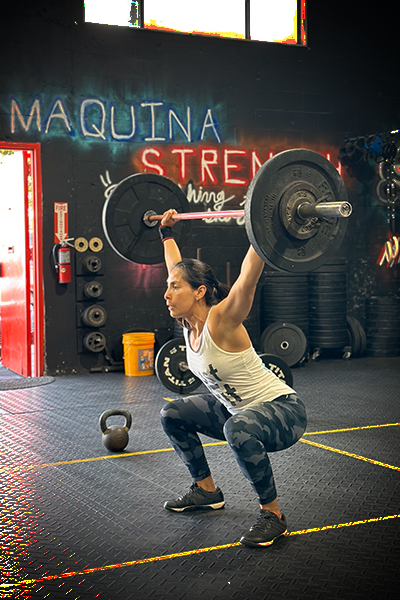
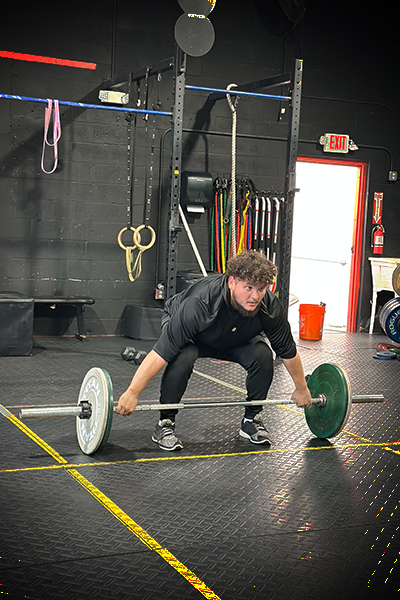
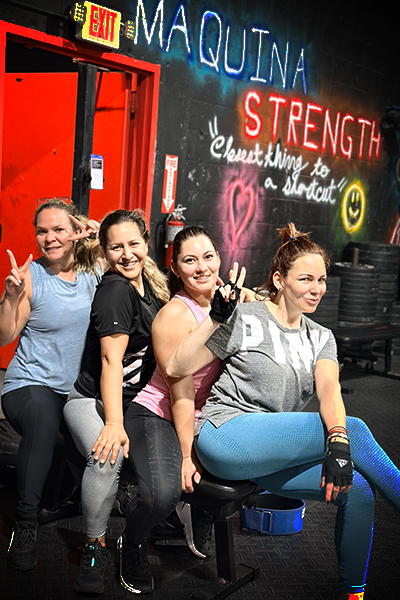
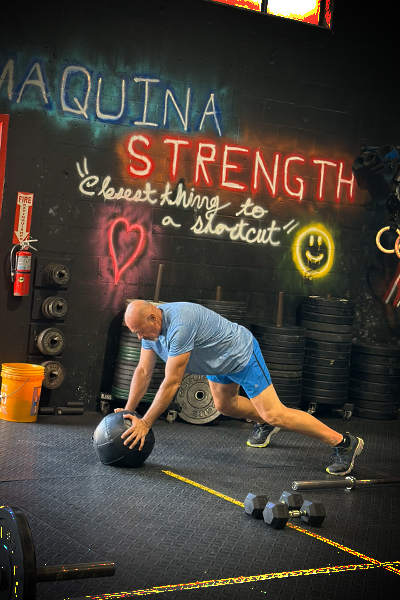
close menu
Máquina Strength Palmetto Bay
Frequently Asked Questions
We're Here To Help
What makes Maquina Strength different from other gyms?
We focus on personalized workouts tailored to individual needs within a supportive group environment. Every member receives attention from qualified trainers to ensure they get the most out of each session.
Can I try a workout before committing?
Yes! In fact, you can come in and try 2 free workouts and experience our unique approach to fitness without any cost, obligation or sales pressure.
What types of workouts can I expect?
Our workouts change daily and focus on different aspects of fitness every six weeks, ensuring you enjoy a comprehensive fitness experience that keeps you engaged and challenged.
How quickly can I expect to see results?
You’ll directly see the progress of training on the app with 2-3 weeks. In terms of body composition you’ll see it in the first 4 weeks via a 4 week timetable you receive when you sign up.
RISK FREE 10 DAY PASS
Take the First Step Today
10 DAY Jump-Start kit
No Cost or Obligation
By entering your phone number, you consent to receive messages from us via SMS. Message and data rates may apply. Reply STOP to opt out.
Palmetto Bay • Personalized Fitness Gym
9800 SW 168th St
Miami, FL 33175
